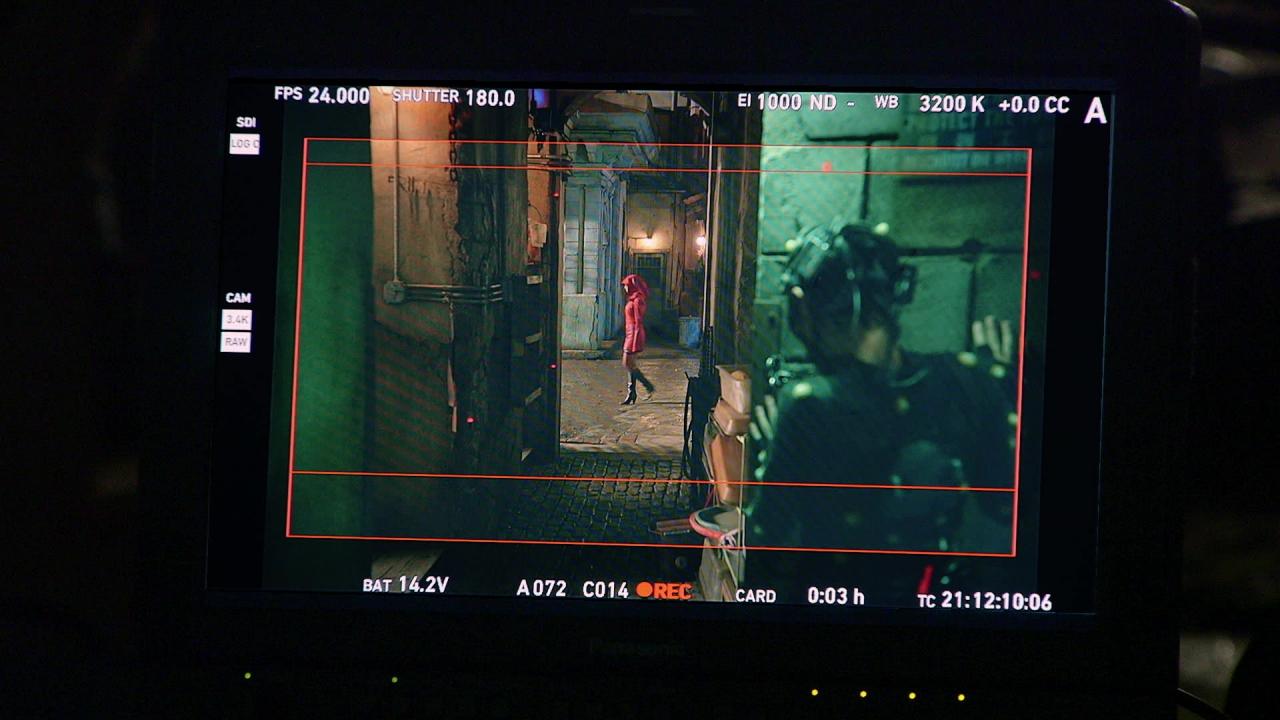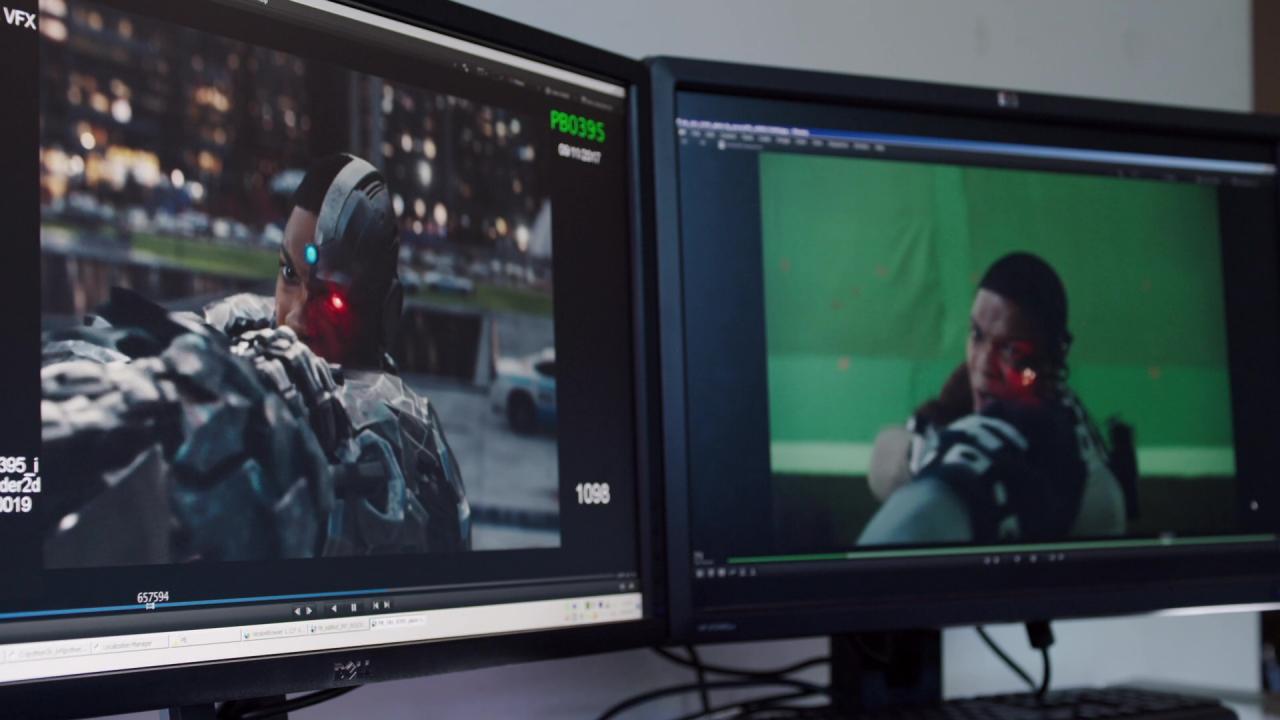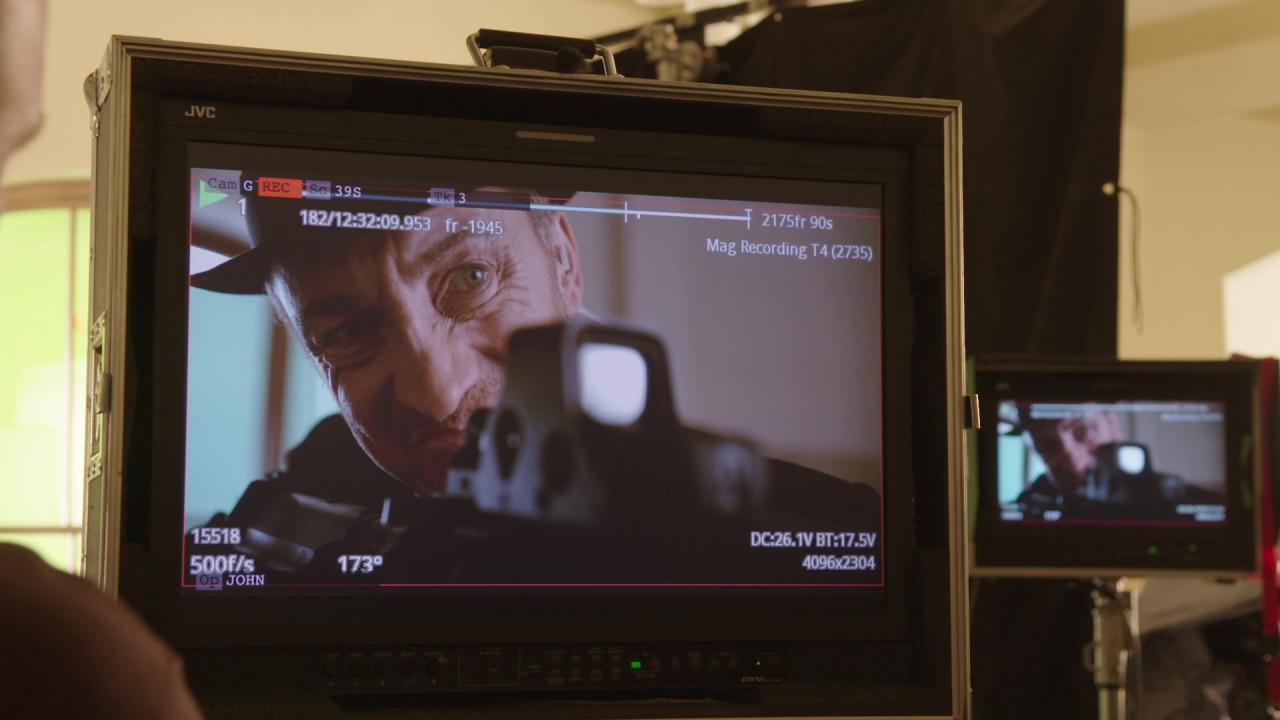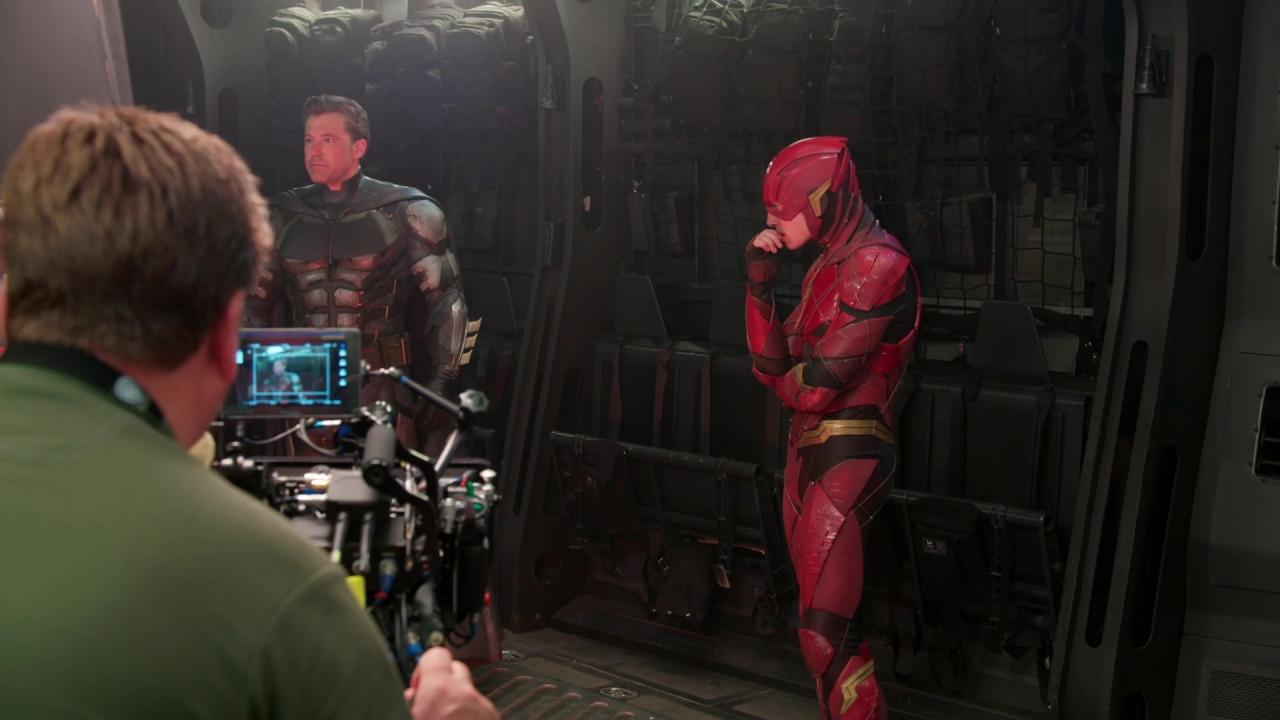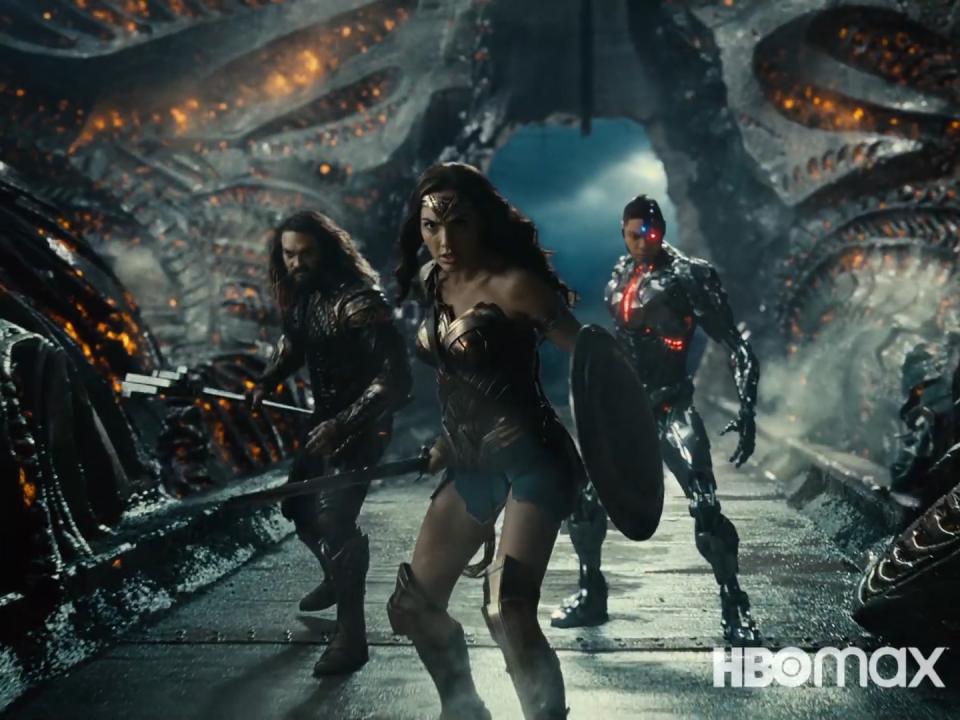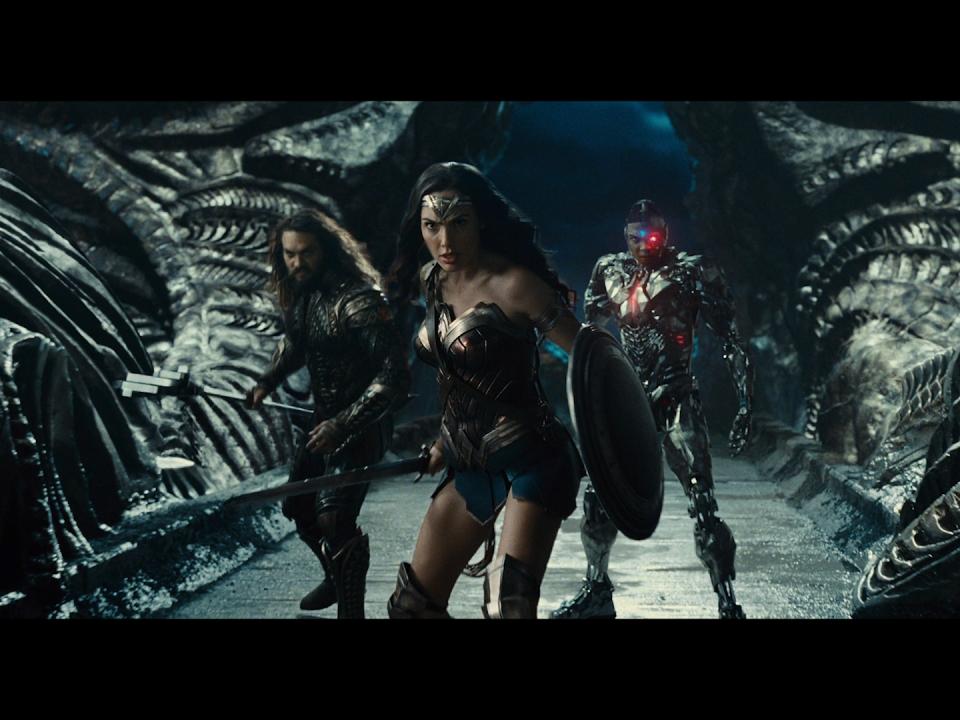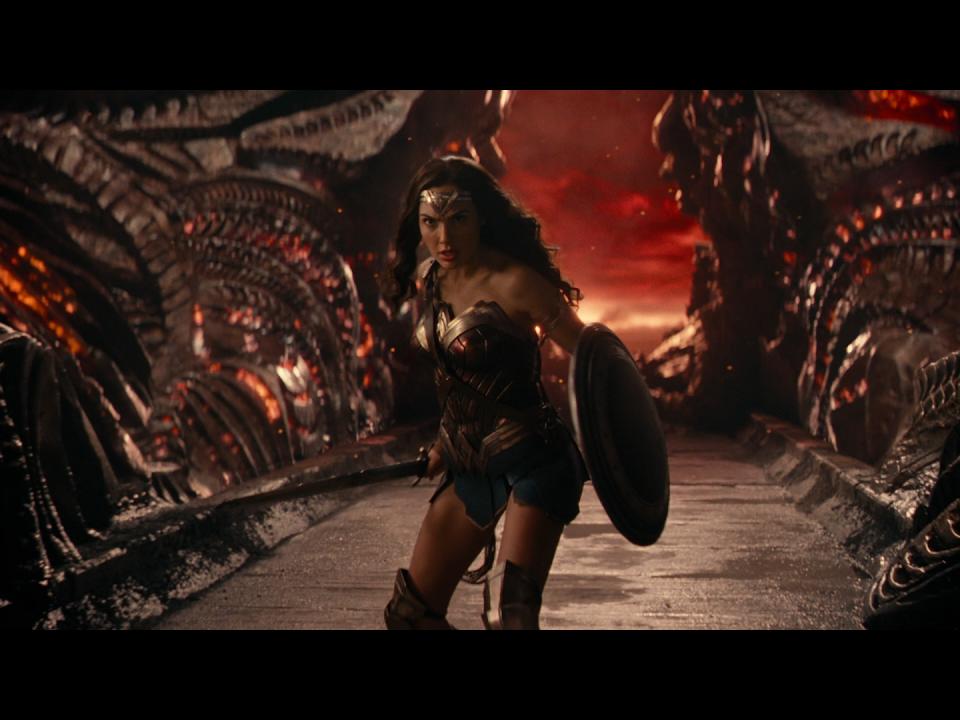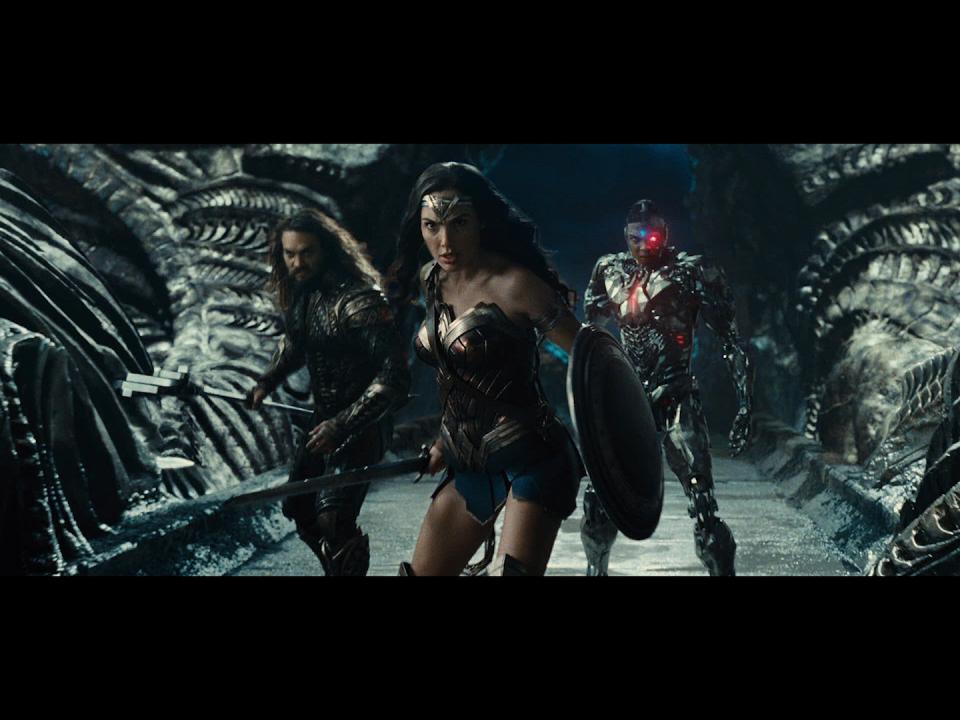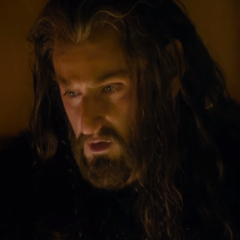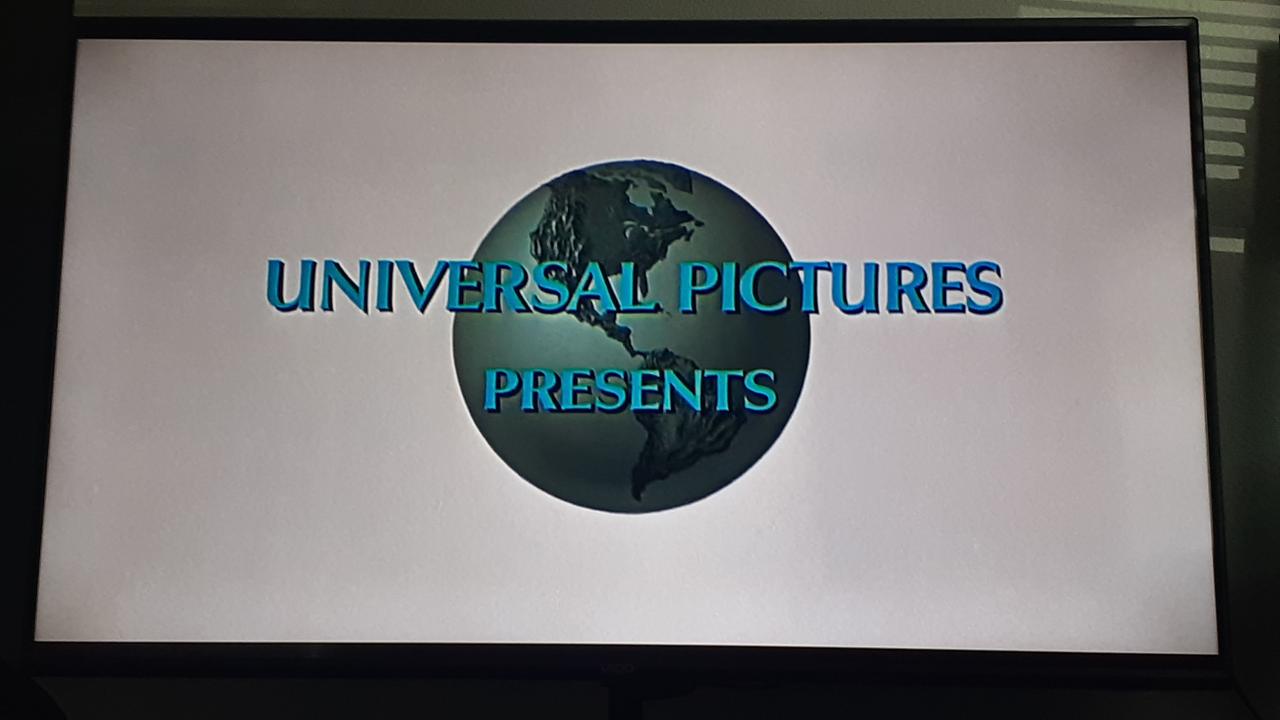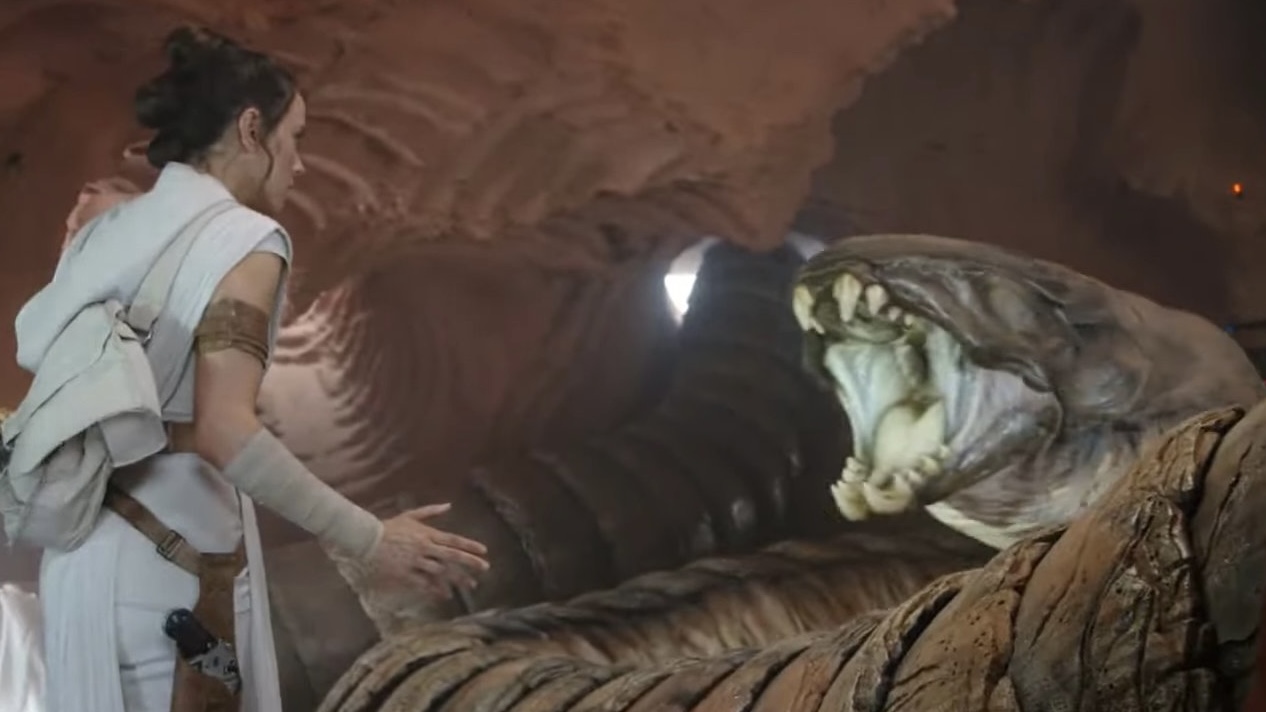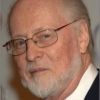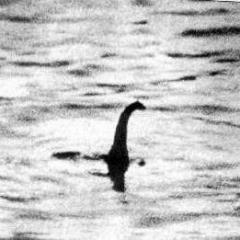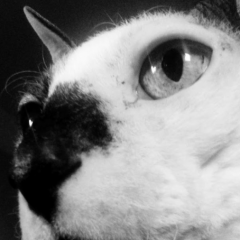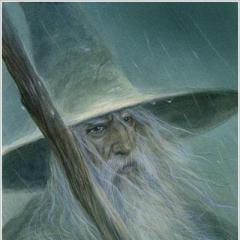Leaderboard
Popular Content
Showing content with the highest reputation on 21/03/21 in all areas
-
All of those are superb but, in my opinion, his magnum opus is ANGELS IN AMERICA (2003). Probably the best mix of his different styles (the dissonant, the 'quirky' rhythmic, and the piercingly beautiful sweeping stuff). The opening titles alone is worth the price. Check it out if you haven't already, I can't recommend it enough.4 points
-
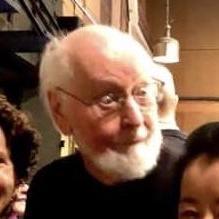
JWFan EXCLUSIVE: The Rise of Skywalker Partial Cue List Revealed
Will and 2 others reacted to BrotherSound for a topic
From what I can tell, this one wouldn’t actually be as difficult as The Force Awakens. While TROS certainly has a ton of alternates, the revisions mostly seem to be completely different, while TFA has a lot of cues with multiple slightly tweaked versions of the same material and more inserts. The hack job of “The Speeder Chase” is unfortunately not at all unusual in this film, so I’m sure even plenty of cues we think we’ve heard would be a revelation, not to mention the ones we’ve heard nothing of or only a few seconds. You’d certainly need three CDs to cover the 226 minutes of music recorded, and the actual running time would probably be even more, since some of those are inserts that wouldn’t make sense on their own. I imagine an ideal presentation would be a main presentation that would fill two discs, including plenty of music for deleted scenes (‘Chewie’s Interrogation’) and scenes that went unscored (‘Daisy In A Veil’) or completely tracked (‘The Feeling’). Then a third disc packed with interesting and quite different alternates…3 points -
TROS is my no. 1 holy grail expansion. It will be like listening to the score for the first time. Come on, dewit Mike!3 points
-
Here I am @rough cut. You probably expected I'd come. Let's just hope I'm not too late. XD This is an interesting discussion in how shot composition effects different people psychologically for sure. While you see these shots as narrow-looking and cramped, I actually feel like they feel further away and have more room to breath. I made sure to say further away and not wider, because they are the same width technically speaking. It sounds like what you would've wanted is for Snyder to take the new 4:3 framing, which is all the picture that physically exists, and have shot that same vertical space but in 16:9 so the shots are all even wider. The main issue here, like I mentioned in our previous interactions on this topic is: Justice League was shot with both ratios in mind for Snyder. Whedon only shot 16:9. In Snyder's case, some shots look a bit better in 16:9 but there's just as many shots that look better in 4:3 to me. Brief information tangent that is not based on opinion at all and not necessarily directed at you rough cut. I just find this interesting: I am coming to find out that double composition is actually quite common these days considering all the difference in formats and releases. Alita: Battle Angel is another example of double shot composition. Take a look at the camera monitor: There's a more 16:9 frame and inside of that is the 2.39:1 framing. Outside of all of that is the rest of the film negative. Snyder opened up the picture to his entire film negative. As far as if he planned this from the beginning. It does appear that, yes, this version of the movie was always part of the plan in some way. Check out this VFX shot in progress. This is sourced from a featurette on the 2017 Blu-Ray. Years ago: Here's a less good Snyder example. If you look closely, you can see the camera monitor has two sets of guides on it. One that is a square 4:3 guide (which also borders the whole frame) and the other is a 16:9 guide: Whedon, on the other hand, shot the reshoots digitally to save money, and only in 16:9. See here, again from the 2017 Blu-Ray. Note that the guidelines and shot fill the entire frame and is everything the monitor is seeing. I assume this is how rough cut wishes most films were shot (please correct me if I am incorrect): Here's my experience: As I expected, when watching the film I honestly forgot it was in 4:3 within 15 minutes. It felt perfectly natural and looked fine to me and even great during many moments. The comparison you linked is a bit old since it only had trailers to work with, but all of those shots look fine to me in 4:3. They all look more open to me because they are. But there are some of those shots I have the opposite effect with, where the 16:9 looks closer and squished. This shot for example: Superman is not even properly framed in the 16:9. They could not fit the top of head in properly without cutting off his S logo. He looks cramped in 16:9 in this comparison, but that's because he is. Your argument that opening up the top and bottom, versus leaving it as cropped 16:9, does not reveal any essential information and therefore is pointless can be flipped to the other direction. If what I'm understanding that you wish Snyder had done: leave the 4:3 frame as vertical as it is, but have shot only in 16:9 and therefore have opened up the sides is correct, then what would you have gained from having the sides opened up? Any essential visual information? I'd guess probably not. I suppose you also could be saying you would've preferred it if every shot was composed specifically for 16:9 and therefore everything on the sides would be "essential" as well, but that is a moot point, because again, the 4:3 is the full picture. The 16:9 is cropped. So, we only have the full size image or a cropped image to compare, and since you're cropping it in, the 16:9 will by default look more cramped in many cases. What I'm hearing, again, seems to be a difference of opinions here. You don't seem to like square or vertical framing at all, is that right? For me, it all depends on the subject. If we have a shot of Superman flying straight up into the sky, then that would look the most pleasing as a vertical frame, perhaps even the ratio of a film poster. But if you're shooting a skyline as the main subject, yeah that would look better "widescreen", but I can't pick both when I shoot a movie and constantly change ratios. I have to pick one and can't just shift my aspect ratio around for every shot. My point is: 4:3 by default is not a bad ratio. It still seems that your driving motivation for wanting 16:9 is that that is the size of your TV. If your set was still 4:3 though, I don't think you'd feel as passionately about it. It's all just an arbitrary thing that was selected and decided upon as a compromise for presenting most aspect ratios. I will concede that some shots above do look more properly suited to the 16:9 framing without also looking cramped. I don't want to bog down with more images, but typically they're shots where the team is lined up or a close-up where in 4:3 a character seems to have too have much headroom. However, give me some time and I can come back with just as many shots from the final film that are perfectly framed in 4:3 and would not be as good in 16:9. In the meantime, I'll leave everyone with another little nugget. Turns out. This film now has 4 approved ratios: Snyder's 4:3, Snyder's 16:9, Whedon's 16:9 (he does change the framing from Snyder's several times), AND a 2.39:1. Behold, the same identical frame, all shown in 4:3 to show the full frame vs the cropping done: In order: Snyder's 4:3 ratio (Official HBO Trailer), Snyder's 16:9 ratio (Official 2017 Trailer), Whedon's 16:9 ratio (2017 Release), and...WB's? 2.39:1 (Official Virtual Reality Experience trailer) Good grief! Got quite a chuckle out of this. XD3 points
-
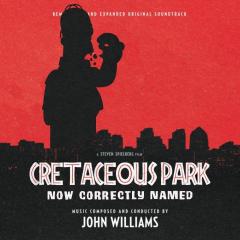
Justice League movie thread
Raiders of the SoundtrArk and one other reacted to rough cut for a topic
I agree that it feels like a compromise: HBO wanted a miniseries. Maybe it was even agreed upon and edited that way, and quite far along, when Snyder changed his mind. Maybe, if they had agreed on a movie from the get go, the final product wouldn’t be 100 hours long.2 points -
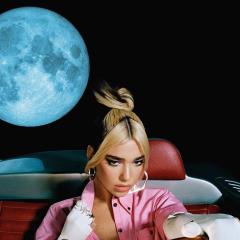
The Thomas Newman Thread
Edmilson and one other reacted to Richard Penna for a topic
My all time favourite will always be The Horse Whisperer. Perfect mix of bluesey/Americana/orchestra, and from seeing the film many years ago, I don't offhand remember anything significant unreleased. I really think this is a large part of why we rarely get Newman expansions - most of them don't need it because he recognises which are the must-include highlights.2 points -
@TSMefford Haha, yeah, kind of expected you to chime in. First, I don’t have a vendetta against 4:3. I don’t wish all movies should be filmed in 16:9. I can imagine a director choosing 4:3 for artistic reasons, and liking it as a stylistic choice, but I will confess that I’m prejudiced to think that that should be quirky comedies, dramas or that it makes a point relevant to the story/setting other than what Snyder has provided. As you’ve already pointed out, saying that “shot composition effects different people psychologically”, this is all highly subjective and there’s really no wrong or right. Drax’s rather boring point asking “who decided widescreen was more cinematic"... well, no one. But it is my subjective opinion is that I do feel that 16:9 is more cinematic than 4:3. But as I wrote above, I have no problems having a “cinematic” experience with a movie shot in 4:3. But regarding JL and 16:9 vs 4:3, I do hear all your arguments, and you’re not wrong, we just don’t agree. 😉 Like with Superman for example. If I had to choose a painting to hang on my wall, I’d go with the 4:3. But we’re talking about a moving image, so maybe we do get the entire ‘S’, the camera could zoom, or go from top to bottom. And we’ve seen the ‘S’ before in other scenes, probably just a split second before. So while I do agree that the 4:3 is more ‘properly’ framed as a still image, I don’t necessarily agree that it is the best choice for an action movie. Regarding my argument about “pointless information”, skylines etc, you counter with that it’s all about the subject. And as you point out, since the framing and the subjects change from shot to shot, we’d have to have different aspect ratios for the “optimal” framing, but no one wants that. So we have to choose. But then who decides that, for example, empty skies (up) are more pointless than empty skylines (left/right)? Again, I’d just rather see what is going on around the character in the frame. Where is he. What is the setting. How do people around react and look. (I get that we can still get that with 4:3, but I do want that “extra” information at the sides of the cinema screen, rather than the feeling that it was “chopped off). Regarding your last two points, the first being that if my TV was 4:3 I’d want all movies to be 4:3 as well... well, yeah, I guess so. But would cinema still be 16:9? If yes, then I’d rather wish for a 16:9 TV rather than for all movies to be 4:3. Lastly, you point out that you could go and find many shots in the movie that looks better in 4:3 than in 16:9. I don’t doubt it. But I could easily do the same but for the opposite purpose. Funnily enough, we might even choose the same image for proving opposite points. 😊2 points
-
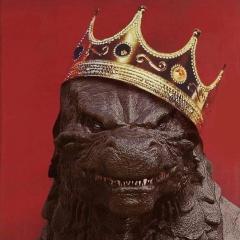
Justice League movie thread
Ricard and one other reacted to Unlucky Bastard for a topic
I reckon the anti-4:3 sentiment is fueled more from people's perception that it makes films look like a cheap 80s TV format as if they're watching Murder... She Wrote and they have a weird personal vendetta towards it because so many anamorphic films were panned and scanned to conform to the home format – therefore they think everything meant for 4:3 was "cropped" somehow. But who decided widescreen was more "cinematic"? People had been viewing films in the Academy Ratio for about 30-40 years before the introduction of CinemaScope or Cinerama, so why isn't 4:3 simply accepted as a format as valid as any other? I probably answered my own question in my first par, but I'm interested in people's take on the sociological angle on this.2 points -

Junkie XL's JUSTICE LEAGUE (2021)
Demondm810 and one other reacted to gkgyver for a topic
Film music went from "Why can't scores always get complete releases, this is awesome" to "Dear Lord Jesus, a 4 hour complete score, make it STOP!" Fucking pathetic.2 points -
I'm a big believer in "make your own canon of what's available."1 point
-
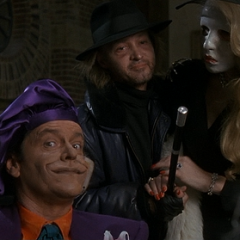
What Is The Last Film You Watched? (Older Films)
Unlucky Bastard reacted to Gruesome Son of a Bitch for a topic
1 point -
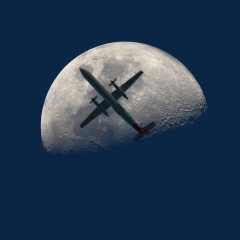
The Thomas Newman Thread
Tom Guernsey reacted to LSH for a topic
I love THE HORSE WHISPERER. For all the reasons you mention. The theme that plays on horn in the cue Double Divide, and then later fleshed out in Montana breaks my heart. And then the centrepiece of The Rhythm Of The Horse. And everything in between. The atmospheric lonely Newman piano in There Was Snow and Simple Truths. Awww. I think this one also became a temp-track favourite. Just listen to AN UNFINISHED LIFE (2005)... both Christopher Young's rejected score and Deborah Lurie's replacement (though the latter is more Newman influenced).1 point -
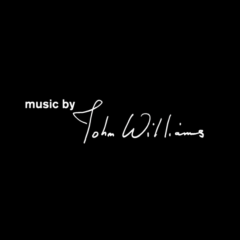
A new appreciation for the throne room scene
Not Mr. Big reacted to Bayesian for a topic
It can be hard to look at something so familiar with fresh eyes, but I feel I might have done that with the throne room scene that ends Star Wars. Most action/adventure movies end with the protagonists winning, and often we'll get a minute or so of a closure scene, but has there ever been a movie other than Star Wars that ends with nearly two minutes of ceremony -- where not a word is spoken, there's nothing but music playing, and spectacle is minimal? On paper, it sounds as boring as hell, like watching an olympics medal ceremony. And yet the way Lucas pulled it off is wonderful. Its purity of message (something like, "good prevailing over evil deserves to be celebrated") is completely unburdened by its aw-shucks earnestness (the acting seems basically impromptu but is completely endearing). And, again, all without a single word, without a single moment of self-importance. Of course, the music is indispensable. JW's masterstroke was to start off with a fanfare but then shift to a muscular version of the force theme, which of course is not celebratory in the least. The fanfare is a perfect tee-up for celebration; it primes us for a triumphant last scene. But then JW goes into muscular force theme mode here for a full 30 sec to reminds us that our heroes went through some shit to get to this moment. Then we go into a musical B-section where we see the actors smile and chuckle at each other in outtake-looking footage (again, completely endearing), which then morphs into the final triumphant fanfare, coinciding with the first and only "hero" shots and only applause of the whole scene. So down-to-earth, so self-effacing, so simple... and so absolutely perfect.1 point -
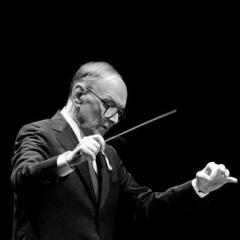
What is the last Television series you watched?
Naïve Old Fart reacted to Koray Savas for a topic
For a multi cam sitcom, it’s got incredible cinematography and production design. Also balances comedy and drama really nicely. There are some dark and grounded moments throughout the levity.1 point -

What Is The Last Score You Listened To? (older scores)
Raiders of the SoundtrArk reacted to Tom Guernsey for a topic
Casper (James Horner) - Having introduced by young niece and nephew to the film, had to listen to the score afterwards. One of Horner's loveliest main themes (and that's saying something), but plenty of other delightful themes that are easily overlooked. They really don't write music for kid's films like that any more. Even by his standards, 1995 was an astounding year, added to Casper there was Braveheart and Apollo 13 (one of which should have won the Oscar as I've oft mentioned - robbed, I tell you), two of his finest dramatic scores, as well as Jumanji (much better than I remembered), Balto (typically wonderful animated score) and Jade (which I failed to pick up from LLL!). Given how even the best composers these days have assistants to fill in the gaps when working on considerably fewer projects per year, it does make you wonder how Horner did it (not an invite for a mud slinging!). Butterfly (Ennio Morricone) - Morricone in perhaps a more standard orchestral idiom, but beautifully haunting melodies. Although I don't remember it being in mono... from a film made in 1982! What happened there?! I think mine is the Laserlight release. Is there a stereo version!? Pets United (David Newman) - Fun, but somewhat tiring Newman score. His hyperactive style for family friendly movies is in overdrive and the thematic material isn't really enough to sustain it. Not a patch on Desplat's Secret Life of Pets efforts, which are much more tuneful and charming. A shame Newman (D) gets such crappy assignments... still.1 point -
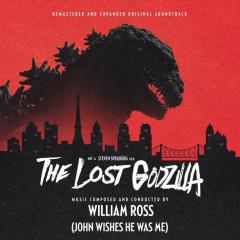
JWFan EXCLUSIVE: The Rise of Skywalker Partial Cue List Revealed
BrotherSound reacted to TSMefford for a topic
If Mike manages to make something decent out of all this I'll be extremely impressed.1 point -

The Thomas Newman Thread
Naïve Old Fart reacted to LSH for a topic
It's between the two for me. Even without mentioning the influence it had after, AMERICAN BEAUTY has some of the best marriage of picture and music in cinematic history.1 point -
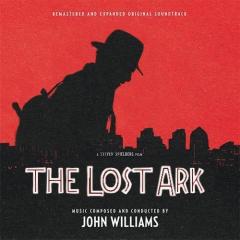
Justice League movie thread
Bilbo reacted to Raiders of the SoundtrArk for a topic
2017: Me: So you didn't wanted to make a 2h00 long garbage? Snyder: No, it was originaly thought as a 3h00 long movie. 2020: Me: So actually you're movie wasn't meant to be a 3h00 long one but a four hour long one? Snyder: Yes it was the plan all along. 2020(later): Me: So the movie will actually be a mini serie of four episode? Snyder: Yes. Me: But it still going to be your vision? Snyder: Yes. 2020(later): Me: So the movie is not in 2:35? Snyder: No, it was think in 4:3 all along. 2020(later again): Me: So four episodes are not enough, now you want six? Snyder: Actually the film was think in six part so it's better to have six episodes. 2021: Me: So you're not doing a mini-serie anymore? Snyder: No we want to show my true vision a four hour long movie. 2021/03/21: Me: Finally your movie is out, now I just need time and aspirin to watch it. Snyder: Which one? Me: Snyder: Because it was actually think in black and white not in color, that's what we are going to release now. Me: Can't you fu}#?&!g decide what you're wanted???????????? 2052: Snyder: The movie is actually a ten hours long movie shot in 36:1 with the actors speaking aurebesh and with a yellow filter! Me:1 point -

JWFan EXCLUSIVE: The Rise of Skywalker Partial Cue List Revealed
ZenLogic101 reacted to BrotherSound for a topic
It really is nutty! And that isn’t even one of the worst spots. There’s places where one tracked cue switches momentarily to a different tracked cue for a matter of seconds and then back, and even a couple spots where more than one tracked cue are overlayed simultaneously for a few seconds! (And I don’t mean the typical intended overlap of one cue ending and another beginning.)1 point -

JWFan EXCLUSIVE: The Rise of Skywalker Partial Cue List Revealed
CGCJ reacted to BrotherSound for a topic
Ok, back again with some more informed speculation on TROS cues, based on comparing all the available sources: the November 11th spreadsheet, the novelization by Rae Carson and junior novelization by Michael Kogge, sheet music, interviews, and rumors (many of which have proved to be quite accurate). TIL: this giant snake is actually a puppet, not CGI! So, since Ochi and the Dagger is 3M7, it seems fairly likely Tunnel Monster would be 3M8. The oddity is that none of that cue was used anywhere in the November 11th cut, including the titular giant snake scene, which was instead tracked with 6M2 Rey Climbs Pipes and 2M4 The Emperor Lives. The final cut instead uses a combination of Tunnel Monster and tracking 5M5 Rey Sees Mother and 7M2 Rey Meets Luke. In fact, the later seems to include the section from the Ahch-To scene that was replaced with the 6M20 Sabre Toss insert, also featuring a Force theme statement in C minor, though considerably more subdued. There’s a chance Tunnel Monster was a revision that replaced an earlier cue, meaning it might also be 3M20 or similar, but I feel that’s a bit less likely with all the tracking that was used here. I haven’t been able to work out any way that 4M4 Zucini? (which plays when the heroes have arrived at Kijimi and first encounter Zorii) could ever come before 4M5 To The End (which is the music for when they first decide to travel to Kijimi). Maybe the slates were accidentally switched in the November 11th info, or they might have just accidentally been mid-ordered. This appears to have happened with a couple of the Rose cues in TLJ: the placement of 3M21 Rose Appears and 2M19 Rose Catches Finn seems backwards, and 3M21 indeed appears before 2M19 in the film. 4M10 Red Eyes and 4M11 Poe and Girlfriend also seem backwards (Poe and Zorii walk in together in the same shot as those red eyes), but that ordering could have been changed more easily via a reshoot. Chewie’s Interrogation must go somewhere between 4M2 Rey’s Incredible Hand (when Chewie is captured) and 5M3 Hallway Shooting (when Chewie is freed). My best guess is 5M2: I think the original intention was the keep the reveal that Chewie was still alive (in 4M12 Ship Walk and Talk) until later, so that Rey’s grief would have more weight with the audience not already knowing it’s a fakeout. However, this would require that Kylo not go down to the planet’s surface until later, but maybe that’s what the unknown 5M4 was for. While it wasn’t used in the November 11th version, there’s at least a couple seconds in the final: listen to the last 8 seconds of ‘Prologue’ on the FYC. It Fits! is an insert for 5M10 Landing At ?, when Rey lines the dagger up with the Death Star wreckage, which also adds the Vader theme, so it appears the November 11th data may actually be accurate here when it doesn’t list that theme. Since the film had been shortened quite a bit by the time this was recorded in mid-November, it’s probably 4M20, 4M30, or something along those lines. The Feeling (or some portion of it) is used in the final film just before 5M1 Meddling and Poe’s Crush, but I don’t believe it was written to appear there. The phrase “the feeling” doesn’t appear anywhere, but “a feeling” does appear in a few scene. This warm clarinet rendition of the Star Wars theme doesn’t seem at all suited for the more tense scenes that feature that phrase, but it would perfectly suit Finn and Jannah bonding on the Millennium Falcon, so I believe this is 5M11, replaced by tracked music in the intended scene.1 point -
My mistake. Thanks for the clarification! Yeah I honestly think this is a case of "creative differences" if you will. For me, I don't really have a preference in aspect ratio anymore at this point in my life. I have seen marvelous cinematic experiences presented in 4:3, 16:9, and 2.39:1 among other things over the years and it has really changed my perception on ratios. Honestly, I used to think of ratios this way: 4:3 is a horrid format that crops everything off the sides, 16:9 is basic HDTV, and 2.39:1 is what actual cinema uses. But my opinions have changed a ton of this obviously. My main preference is that I am seeing whatever it is as it was intended, so seeing Friends or The Simpsons in 16:9 annoys the hell out of me because it wasn't meant to be seen that way. Seeing films shot for 2.39:1 that have been open matted to 16:9 or crops/open matted to 4:3 also annoy me because it's not how it was intended to be seen. Open mattes especially you can tell the intention if opening the matte reveals crew/equipment and what not. There's a whole category of continuity issues that only exist thanks to a change in aspect ratio. But anyways I think if the Director frames it a certain way then it will look great, regardless of what ratio it's in. And there's a lot of shots in Snyder's Justice League that look perfectly framed in the full 4:3, which is why I think he went that way in the end. But again, it's weird because it's double framed, but we've been over that. Another interesting thing is that I see stills, photos, and moving images, as one and the same compositionally. Sure, moving images can have the subject change location within the frame, but I don't think should make it need to be in a different ratio than if it were a still. I think the same compositional rules still apply for the most part, since video is just a bunch of stills anyway but that's just me. I mean... factually and historically speaking cinema was wider than television for a significant period of time, with 4:3 TVs being around from the 20s all the way through the early 2000s before the switch was finally made widely to HD, and therefore 16:9. Meanwhile, Cinemascope was introduced in the 1950s approximately. I'm oversimplifying of course. But my point is, for over 50 years cinema had tons of films shot and released in 2.35:1 / 2.39:1 while televisions stayed at a measly 4:3. This is why "Fullscreen" versions of movies exist, because putting 2.39:1 in a 4:3 space annoyed the hell out of people. So, they would pan & scan or in a few cases open the matte up to "Fill the Screen". So really, it would probably be your preference at that time to have had a 2.39:1 TV I suppose. Lol. Nowadays you still would get black bars with 2.39:1 content, but it's not nearly as outrageous as it would be on a 4:3 TV. I'm rambling now, but yeah. I think we understand each other even if we don't agree. Lol. I didn't go so in-depth to create a spreadsheet yet, but I did one myself a few posts above yours. My interest is more in the implications of the changes that Whedon made. I don't really go into all of the "added" Snyder scenes: I am working on a highlight of some of the lines Whedon added to Snyder scenes by the way. Anyone who has an issue with Snyder's dialog...Whedon's is worse.1 point
-
I agree, it's right in the upper echelon of his work. I particularly enjoy his scores that have at least in part an Americana/bluesy style, a very underrated early score of his is Fried Green Tomatoes. I would include Shawshank/Green Mile in that category as well.1 point
-

The Thomas Newman Thread
GerateWohl reacted to LSH for a topic
His music is composed and mixed in a very particular way. One which sounds experimental and semi-improvised but is in fact incredibly, incredibly polished. I can understand why it wouldn't gel with some people, but you cannot deny its effectiveness... and influence.1 point -
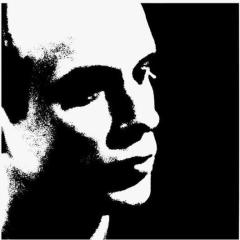
Justice League movie thread
Ricard reacted to Deacon Blues for a topic
Alright, after having watched both versions back to back, here's a scene-by-scene comparison unless someone else has already done it yet. (Spoilers of course if you haven't seen the Snyder Cut yet.) Notes: Scenes highlighted in bold are new scenes added by Whedon Scenes highlighted in italics are scenes shot by Zack Snyder, but heavily rewritten and edited in the Whedon Cut1 point -

The Chronological Film Score Thread
CrimsonRain96 reacted to Deacon Blues for a topic
Justice League (both versions) The Whedon Cut (Danny Elfman) The Snyder Cut (Junkie XL/Tom Holkenborg)1 point -
The track is 2:29 long, 1:20 of it is pure synth pad noise. The rest is a couple of mildly pleasant chords. If this is a highlight, I'm John freaking Williams.1 point
-
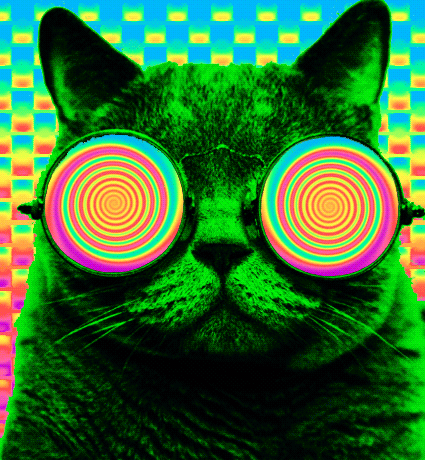
A thing that I noticed;
Raiders of the SoundtrArk reacted to crumbs for a topic
And he's still worked with 11 different directors since 2000. Scoring Geisha and Book Thief was a result of his personal interest in the source material (in both instances it was the book the movies were based upon, I think).1 point -
Anyone else is a fan of French Horns? (The official French Horn thread)
karelm reacted to Marian Schedenig for a topic
That's why I posted a version with score, because I wasn't 100% sure myself. It lists 8 horns without specifying Wagnertuben (it also says "Alle 8 Hörner ohne Dämpfer", i.e. unmuted, on the previous page), so I assume it's regular horns. I'm also *quite* sure I remember seeing horns whenever I heard this live (always a bit shaky, but I guess that's the price you have to pay for Viennese horns in such a long work). That's the Solti recording with the Wiener Philharmoniker, by the way, so perhaps it's the special Viennese horn sound that threw you off.1 point -

Justice League movie thread
TSMefford reacted to Unlucky Bastard for a topic
Dude you're making a big deal out of nothing. One could just as easily complain that widescreen films look "too short".1 point -
.jpg.c8fef82d737fbab8398f565314a5a6c3.thumb.jpg.743032dddf9cee382c2d7c0555496c2e.jpg)
Junkie XL's JUSTICE LEAGUE (2021)
HunterTech reacted to MedigoScan for a topic
Not to throw a third video in a row on the page, but the best action theme (to me) is probably At the Speed of Force. Though I generally do like the music used for Barry's scenes. Honestly Aquaman got off the worst, since I dont recognize any unique sound for him at all.1 point -
Great highlight @Edmilson This is one of my personal favorites. Absolutely one of the best arrangements of Zimmer's theme I've heard. Has so much more heart and soul than any prior appearance: Watch. It'll turn out this is a reprise of one of those credited cues from MoS of BvS and I'll have to eat my hat. But I feel like I would've remembered a treatment like this.1 point
-
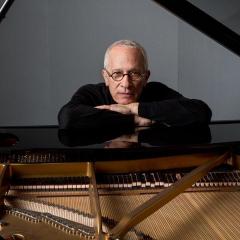
Junkie XL's JUSTICE LEAGUE (2021)
TheUlyssesian reacted to Edmilson for a topic
The score isn't that horrible. This track might be my favorite, it's genuinely touching and emotional:1 point -
Junkie XL's JUSTICE LEAGUE (2021)
TheUlyssesian reacted to JAMOcl for a topic
After watching the film and hearing (God forgive me) the score album the most important thoughts are this: -Danny Elfman was right, his Batman theme is the Batman Theme (sorry Giacchino) -Although it hurts I think that the JW Superman Theme is rightfully out of this movie, I hope that the next superman is enough for bringing back THE superman Theme. -WW´s theme is becoming too much -Junkie XL is improving in his score writing -It's an overall better film -Flash is not only anoying but his musical elements went to hell without Elfman's motif, what's more I felt that Danny Elfman's theme had similarities with Blake Neely's Theme, so it was right. -Finally, I miss more and more Brian Tyler and John Powell as a good balance between modern superhero film scoring and being respectful with a tradition that comes from Wagner, to Steiner to John Williams...having a Theme that not only appears with the character, but also shapes the character.1 point -
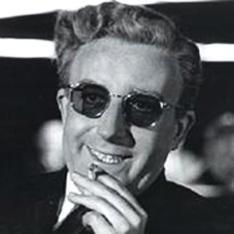
What would have been your Oscar choice for Best Original Score? (90's)
Tom Guernsey reacted to Dr. Strangelove for a topic
My favorite Randy Newman score out of all the great work he did in the 90s wasn't even nominated: Awakenings.1 point -

A thing that I noticed;
crumbs reacted to Raiders of the SoundtrArk for a topic
Luckily he is still #1 in quality!1 point -

What Is The Last Score You Listened To? (older scores)
Tom Guernsey reacted to Raiders of the SoundtrArk for a topic
Batman by Danny Elfman The best Batman score so far (perhaps with the Dark Knight), such a beautiful theme and great action cues with in bonus the Waltz to the Death (sigh of happiness ...) Note: I'd never paid attention to this but some of the drums in this score are very similar to the ones used in Horner's Aliens.1 point -

What Is The Last Film You Watched? (Older Films)
Naïve Old Fart reacted to filmmusic for a topic
https://www.movie-censorship.com/report.php?ID=1211 point -
1 point
-
I love how Dimitri Tiomkin uses the horns almost as if they are chiming bells at the end of The Big Sky (the video should start just before the bit I mean).1 point
-
Jerry Goldsmith's ALONG CAME A SPIDER (2001) - NEW 2021 Varese Deluxe Edition
EhTar reacted to BryonDavis for a topic
It's one I pushed to do for two years BEFORE a certain producer left the company. I like it that much.1 point -
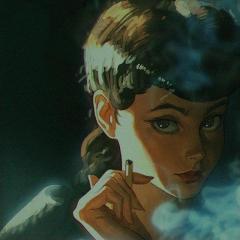
A new appreciation for the throne room scene
Tom Guernsey reacted to Quintus for a topic
Fuck sake this is accurate AF. Marvel made blockbuster cinema one big knowing wink love-in didn't they, and it's as insufferable as it is genius.1 point -
We need a CSI: Rise of Skywalker spinoff to forensically analyse this mess of a score! It's like a giant puzzle where all the pieces are scattered around different places and dozens of pieces are missing. With enough analysis you could probably piece together 80% of that final act, but there's still too many gaps without having a complete cue list/sheet music, and the November spreadsheet is unreliable for those final few reels. I have no doubt there's still plenty of cues that were recorded but haven't shown up in any leak/database, because they were wholly replaced by November.1 point
-
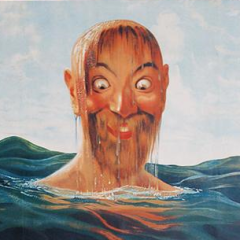
Your favorite John Williams pictures
Nick Parker reacted to Holko for a topic
You mean "Belly of the Spiel-beast".1 point -
It is a very unique score with a simple yet very effective concept and of course I happen to like the theme so hearing all these variations derived from it is a joy. I wish Altman and Williams had collaborated more.1 point
-
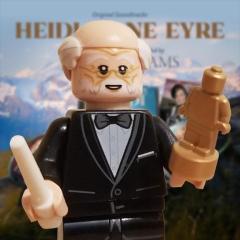
The Long Goodbye complete score released by Quartet Records
Holko reacted to John Takis for a topic
Apologies if this news has already been posted, but Quartet has just announced a reissue of their OOP release of THE LONG GOODBYE, due to hit June 19:1 point -
This is also a score that permeates the film in an unusual way, becoming the process a special character of its own, and embodying the whole film in the end. The music itself is far from noir stylings although the film is in noir genre, the score taking mostly the role of source music and diegetic music yet succeeds in expressing the melancholy heart of the story and the certain futility and underlying sadness of the main character and his quest. It is also like an inescapable ghost that haunts the main character (and the audience) through the whole film, almost like a reminder of his own lost self. Not every rendition of The Long Goodbye is a brilliant classic but there are some wonderfully nostalgic and melancholy renditions among the different variations. I especially like the jazzier ones.1 point

